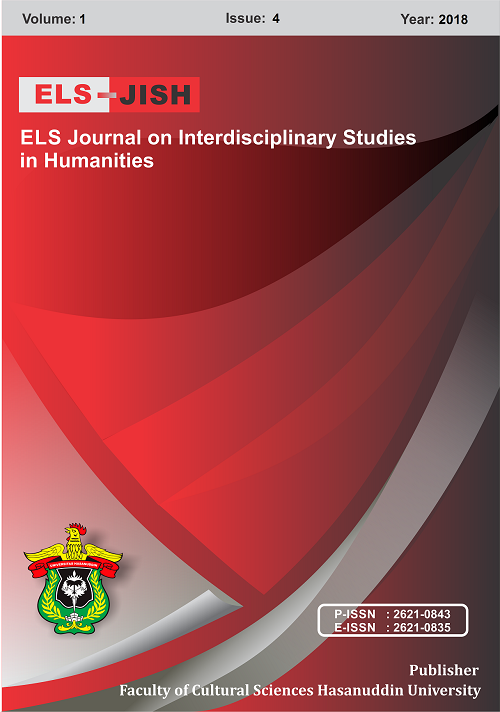Teaching Writing with Authentic Video in EFL Classroom
DOI:
https://doi.org/10.34050/els-jish.v1i4.5395Keywords:
Authentic Video, EFL Classroom, Students’ Writing Skill, Writing.Abstract
This study focuses its investigation on the effectiveness of authentic video in improving the students’ writing skill. The participants were 42 (22 for the experimental group and 20 for the control group) second semester students majoring in English Education Department at Universitas Muhammadiyah Parepare. A quasi-experimental method with two pretest-posttest group design was applied to gain the data. In the process of using the video, there were some types of video used such as documentary, educational video, tutorial video, news, and entertainment video. Those were assumed as videos that show the authentic English language culture in the EFL classroom. The results of the study show that the descriptive statistics of the groups reveals that the mean score in the posttest of the experimental group (81.45) is greater than the control group (74.67), the standard deviation in the experimental group (7.715) were more identic than in control group (10.721). In addition, the result of the independent sample test where the significance level (p=.026) is smaller than the standard alpha level (p=.05). The result shows a statistically significant difference between the students’ writing score of the control and experimental groups. In other words, the students in the experimental group were better than those in the control group. Therefore, it can be concluded that the use of authentic video was effective in improving the students’ writing skill.Downloads
Published
2018-12-26
How to Cite
Sianna, S. (2018). Teaching Writing with Authentic Video in EFL Classroom. ELS Journal on Interdisciplinary Studies in Humanities, 1(4), 448–458. https://doi.org/10.34050/els-jish.v1i4.5395
Issue
Section
Articles






